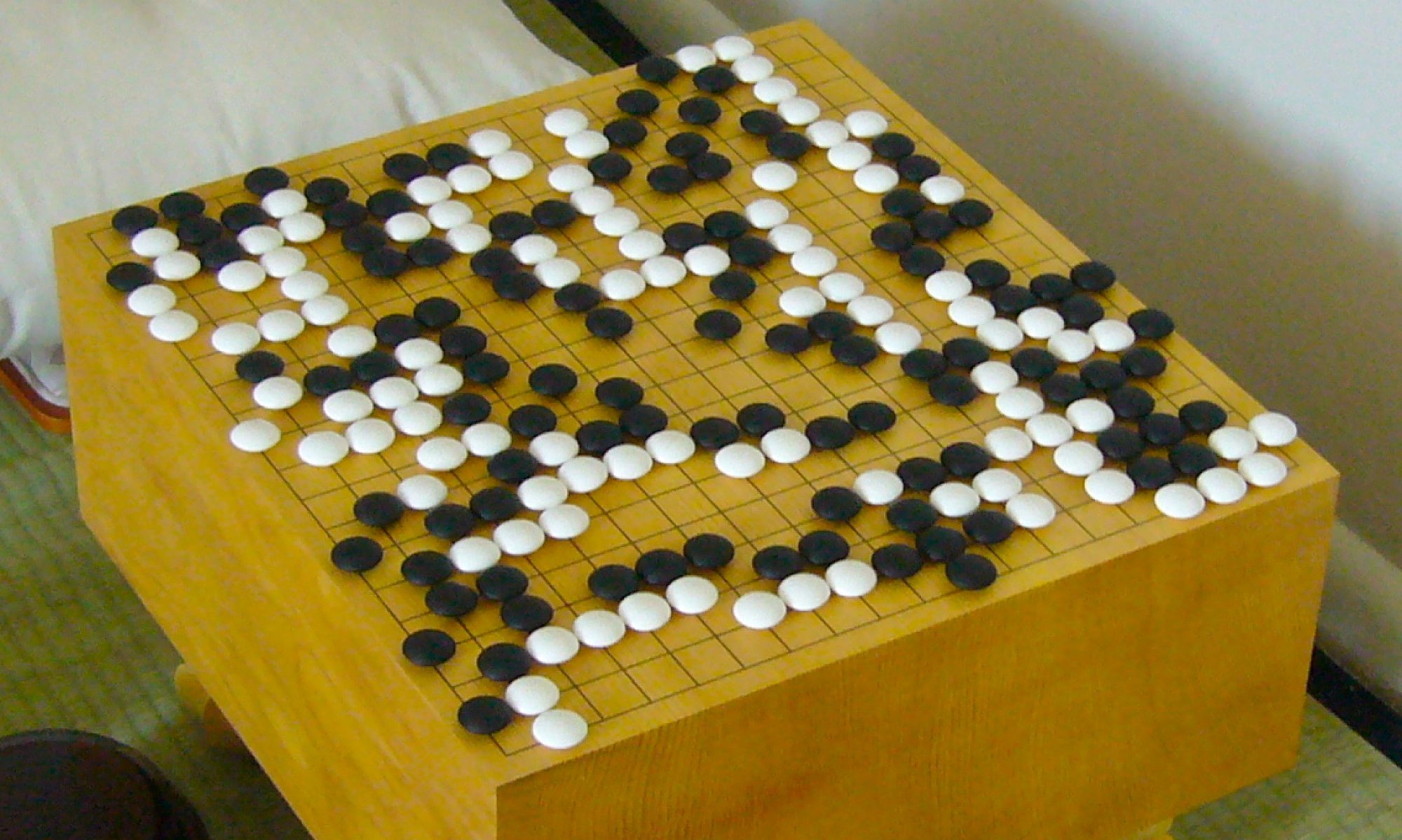I am once again happy to report that I was able to accomplish all of my stated goals from last week, and am again running on schedule.
I started by debugging MCTS locally, as I still had some errors in the code, including an aliased scoreboard among tree nodes causing rampantly inflated scores and a missed case when checking which stones on a board would be captured by a particular move. Once I fixed these issues, among others, I was able to simulate multiple full matches of the MCTS engine playing against itself locally to cover any edge cases that my test cases didn’t catch (stepping through each move manually). Once this was finished, I ported it over to be run on the ECE machines.
Once moved over to the ECE machines, I set up the initial run of MCTS, which is running as I write this. As I am able to complete more runs, the policy network strength will increase, and thus the expansion factor for each node in the tree can be lowered, reducing the computation required for each simulation (ex. I might only need to consider the top 20 suggested moves at any given position from a stronger policy network rather than say 50 from a weaker or recently-initialized network).
That being said, I am not fully satisfied with the current time each MCTS iteration is taking, and am thus currently working on optimizing my implementation while simulations are running. I was expecting about a 13x speedup from my local machine to the ECE machines, which is what I saw when training the value network, but for some reason, with MCTS this speedup is almost non-existent, limiting the rate at which I can generate new data. As such, I am doing some research into what might be causing this (GPU utilization, etc.). Secondarily, I am also optimizing my direct MCTS implementation. An example of the types of changes I’m making includes only expanding a node (i.e. generating children for each of the top n nodes) once it has been selected post its own generation, that is, the search not only found it as a temporary ending node, but also selected the node again for expansion. This cuts down of the amount of calls to the value network to evaluate positions, which seems to be the largest factor in slowing the program down.
Finally, I have settled on a definite policy network architecture, with it being the same as the value network, but having a length 362 softmax vector as the final dense layer, instead of a singular sigmoid scalar.
Over the next week (Thanksgiving week) I mean to continue running MCTS simulations, training the policy network, and optimizing the system to increase the speed at which I generate training data.
Final note: As I have MCTS working fully, this essentially means the the engine can be run to play against a real opponent (not itself) at any time, as everything is synced up together. The engine will improve with each iteration of MCTS, but this just updates the weights of the constituent networks.
